The best guide to choosing the best car polish
Polishing your car is a way to purely improve how your car looks. It is the step in between washing and waxing the car. A good car polishing will eliminate surface contaminants and paint defects while preparing the car exterior for wax application.
Fundamental principles to know before using polish
Key tips to remember
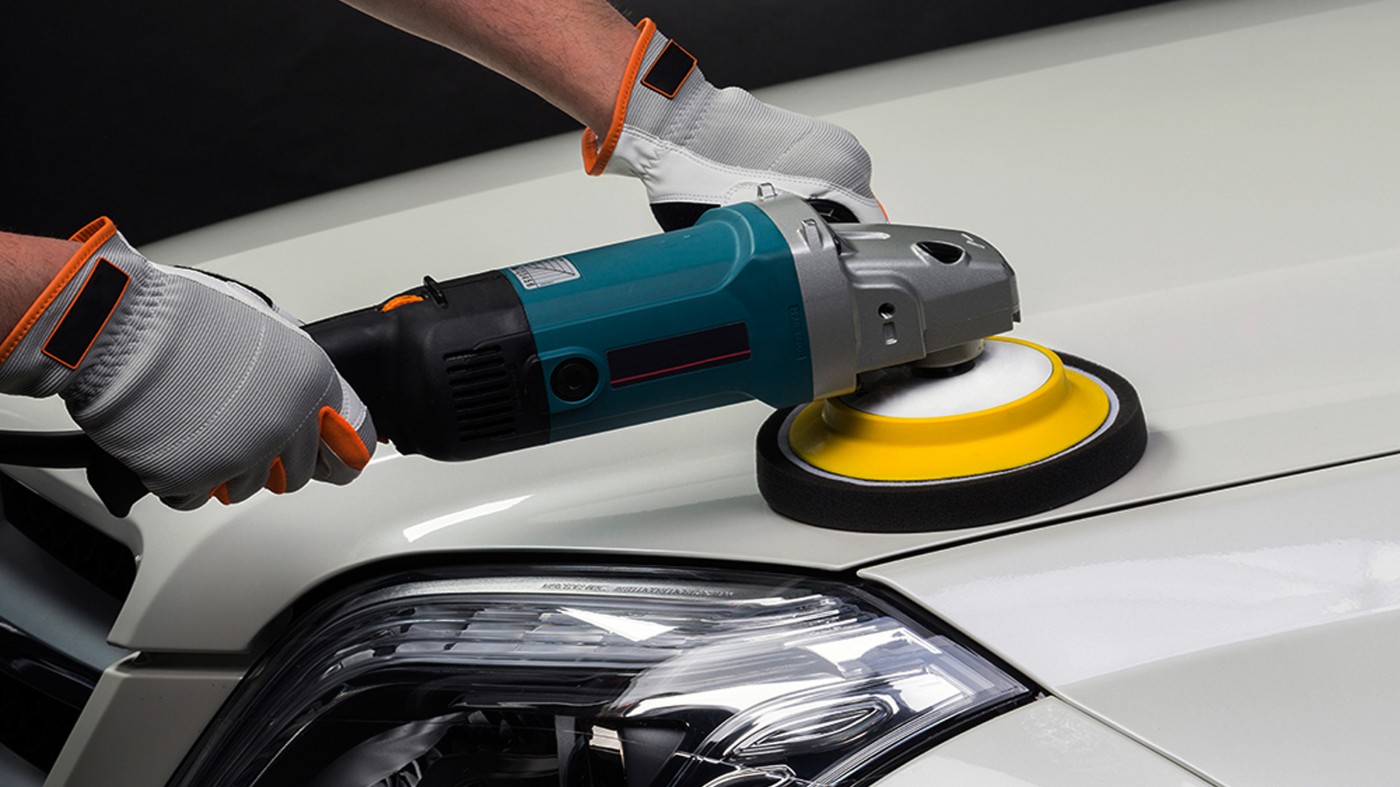
Photo on expressbodyrepair.com
A good exterior detail job can make your car look brand new. It can preserve the paintwork making it look shiny, fresh and new. Car detailing involves meticulously cleaning, restoring and finishing a car, to get that showroom finish. Polishing is a step in the process of car detailing. Below are some key pointers to keep in mind:
1. Working in smaller sections yields better results2. Be patient as you work, polishing is time-consuming, but the results make it worth the time invested. 3. With powered buffers, remember to apply just enough pressure.4. The aggressiveness of the polishing product should always be matched by the aggressiveness of the pad used.5. Change pads to maximize the results.6. Keep a bucket of clean water to soak the pads in after you are done.7. Ensure that the area you are polishing at is adequately lit so that you can see your results better.8. Smaller pads allow for better control and more coverage as they can get int tighter areas.9. Larger pads are ideal for a quick spreading of the products which is great when applying sealant. 10. Rotary buffers should only be used by professionals and experienced detailers.11. Tape off all the areas you do not want to polish and prevent them from being damaged by the polish.12. Use the right amount of polish per each working area to get maximum results for a fair amount of product used.
Choosing the right polish
Car polish choice tips
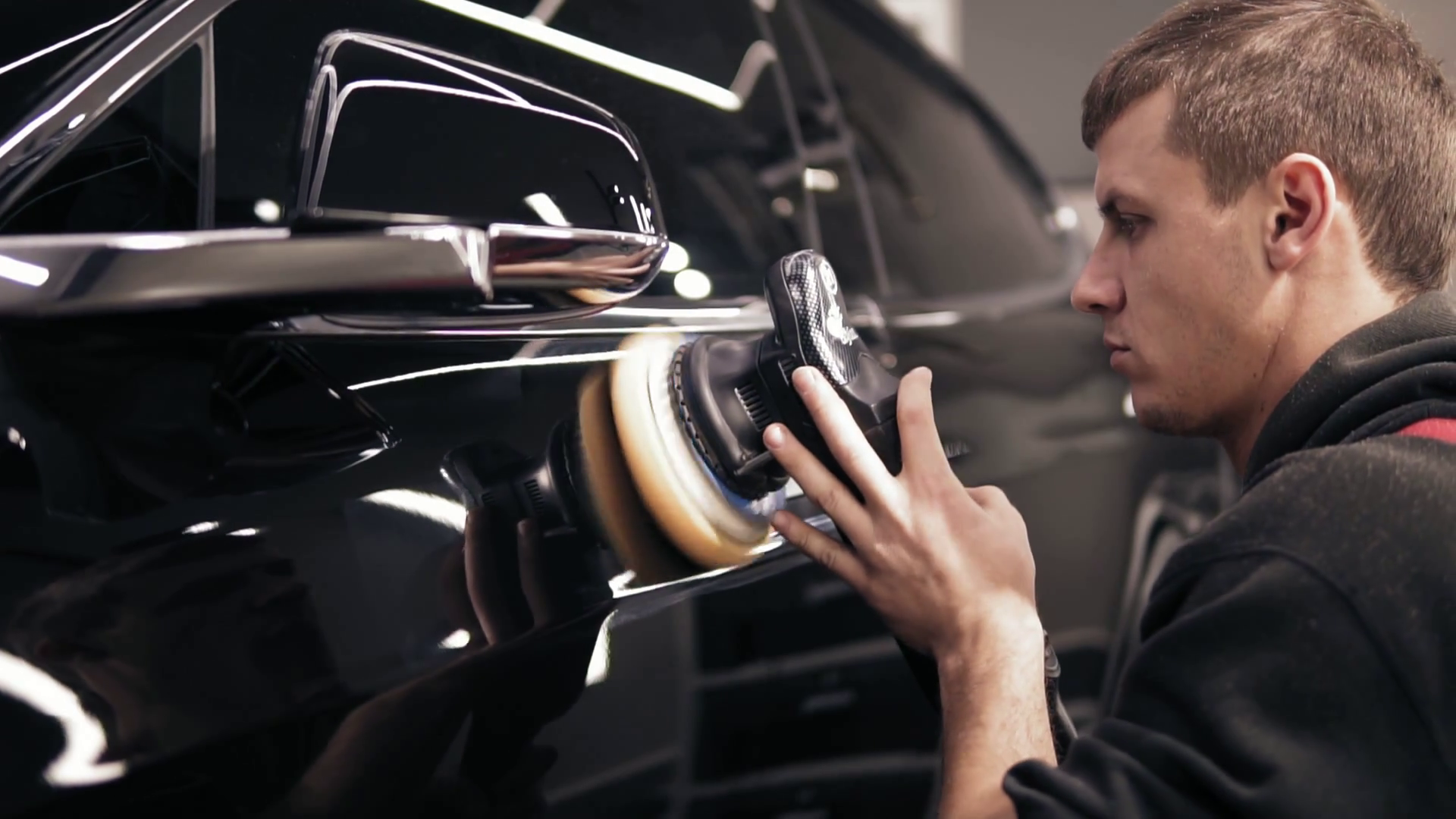
Photo on videoblocks.com
With the vast array of polish options available, choosing which one will work best for you can be overwhelming. They all have their pros and cons. Polishes range from non-abrasive chemical cleaners to very abrasive compounds. It is advisable to have at least one polish of each abrasion level on hand so as to tackle whatever imperfection that comes your way.
The difference between polishing, buffing, and waxing
Most people think that these refer to the same process but in actual sense, they are distinct processes. Car buffing comes first then polishing and finally waxing.
Buffing – it involves the removal of a small layer of paint from the car’s finish to expose a fresh layer of paint below. It restores the original luster and overall appearance of the car.
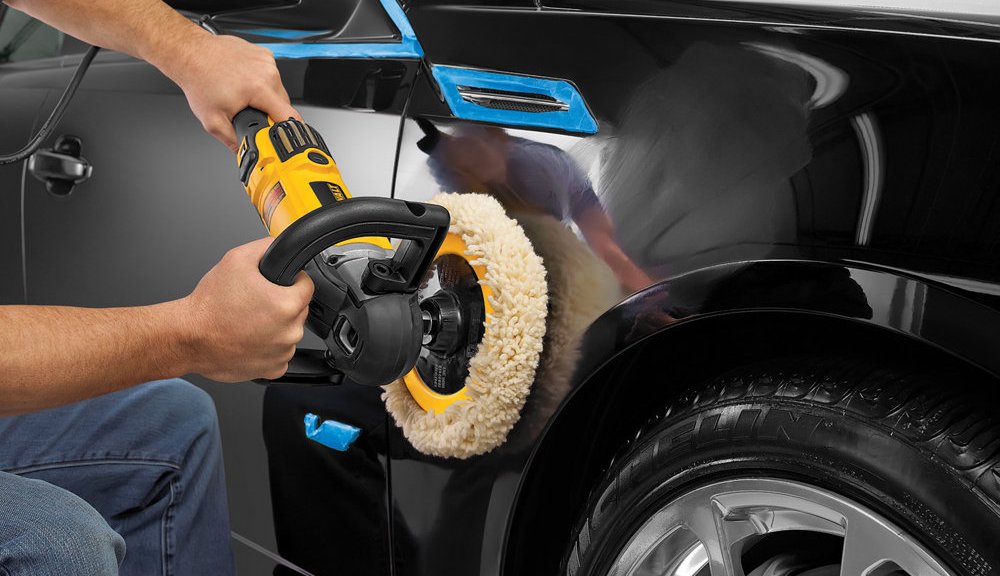
Photo on drivedetailed.com
Polishing – It involves the use of abrasives to level imperfections. This process makes sure that no contaminants are sealed in the car once the wax is applied. They are not designed to add protection to the car’s paint surface, they correct the paintwork. Some polishes are more abrasive than others.
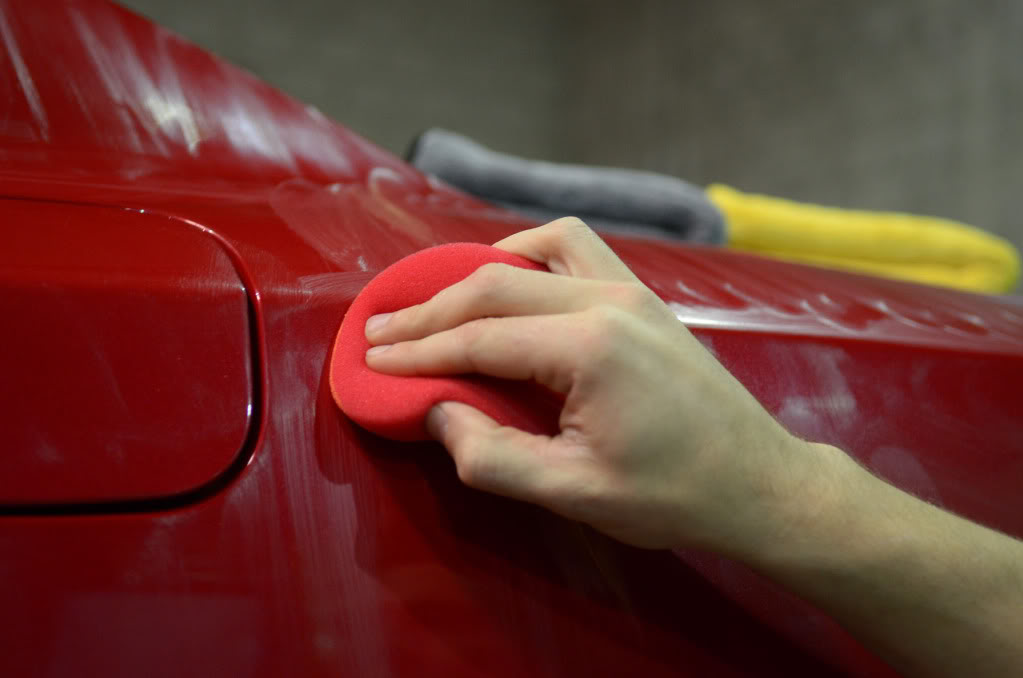
Photo on ecocarcarefl.com
Waxing – it is the coating of the car surface with a non-abrasive wax made of carnauba or other waxes. A wax is used to enhance and protect a polished surface, serving as a clear, glossy protective layer between the weather elements and the car’s paint job. This wax coating is vital in keeping airborne pollutants, acid rain, and other contaminants from sticking to the car and causing long-term damage.
Why should you polish your car
The main reason to polish your car is to remove the imperfections that make the paint look dull. Some of these imperfections include swirls, scratches, water spots, etchings, oxidation, and rail rust. They cause light fragmentation which yields a lower gloss with no depth. The most common imperfection corrected by polishing is swirl marks that occur due to washing and drying the car improperly. Waxes and sealants cannot permanently remove them but temporarily hide them. Polishing with less aggressive polishes first and moving to more aggressive ones as needed is the only way to safely eliminate these fine imperfections.
When should you polish your car
Polishing should be done as regularly as needed. This is typically once or twice a year or when fully detailing your car.once a comprehensive polishing has been done, you can maintain the finish with the right washing and drying products and methods. Good maintenance of the paint will ensure it requires less polishing.
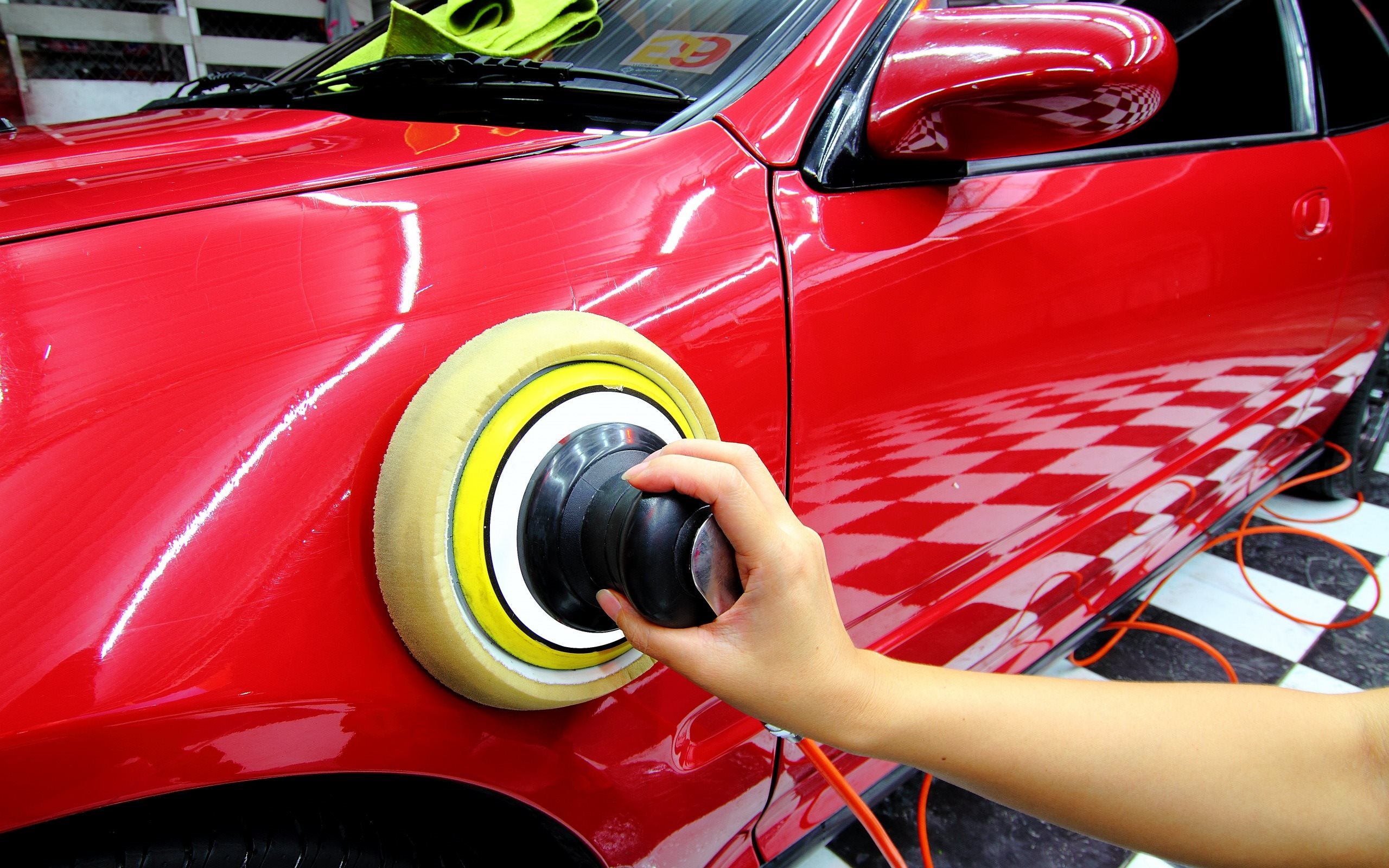
Photo on besthqwallpapers.com
Car polish types
Below are the polish types and what each type does.
CompoundsThey are the most aggressive of the bunch and should only be used as needed. They are usually used on neglected cars and to clear up wet sanding marks. They always leave behind some marring, hazing, and holograms so make sure to follow up with a finer polish and pad combination.Cutting polishesA lot of the polishes that solve moderate paint defects are classified in this class. In terms of cutting power, they are less aggressive than compounds. It is proposed to follow up a cutting polish with a finishing one, to eliminate micro marring, hazing, and holograms, for a deeper glossier shine. Depending on the paint finish, some cutting polishes can finish down well.Finishing polishesMost of these finishes are used to remove minor paint flaws, like hazing, marring, and holograms. They cannot remove defects deeper than light swirl marks and are often used to brighten the paint to get that extra deeper gloss.Paint cleanersThey are made to improve the depth and sheen of the paint while preparing it for a sealant or wax coat. They can be non-abrasive or have micro-abrasives in them. They cannot remove flaws that require clear coat leveling, but they can eliminate oxidation and mineral deposit defects like water spots.
Car polish application methods
There are two ways you can apply polish to the surface of your car:
By handWhile using a buffer is more effective at applying the needed pressure to work in the polish, this can still be done by hand. Hand applications are generally completed in two ways: by using generic applicators made of foam or microfiber or using specially designed pads that easily distribute the pressure evenly through the whole pad instead of just where your fingers are. They are often more comfortable to work with and less tiresome than the former option.By using a bufferThis is highly recommended as it achieves better, more consistent results. A quality buffer maximizes the results of the polishing process. A buffer has some advantages like it makes polishing easier, has the ability to use various pads that aid in adding to its polishing power, is less tiresome compared to hand polishing, and give a better overall finish.
Car polish applicators
Polishing machines – There are majorly 3 types of buffers:
Random Orbital Polishers
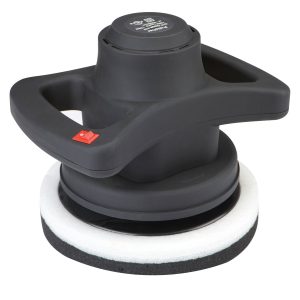
Photo on harborfreight.com
They are ideal for beginners and professionals. These buffers oscillate rather than spin, and this reduces the amount of heat generated.
Pros: – High-quality, affordable options- Safe to use at any speed- Easy to control and maneuver around.- flexible as it can be used with any hook and loop pad. Cons: – It cannot remove some scratches and deeper imperfections.
Forced Random Orbital Polisher
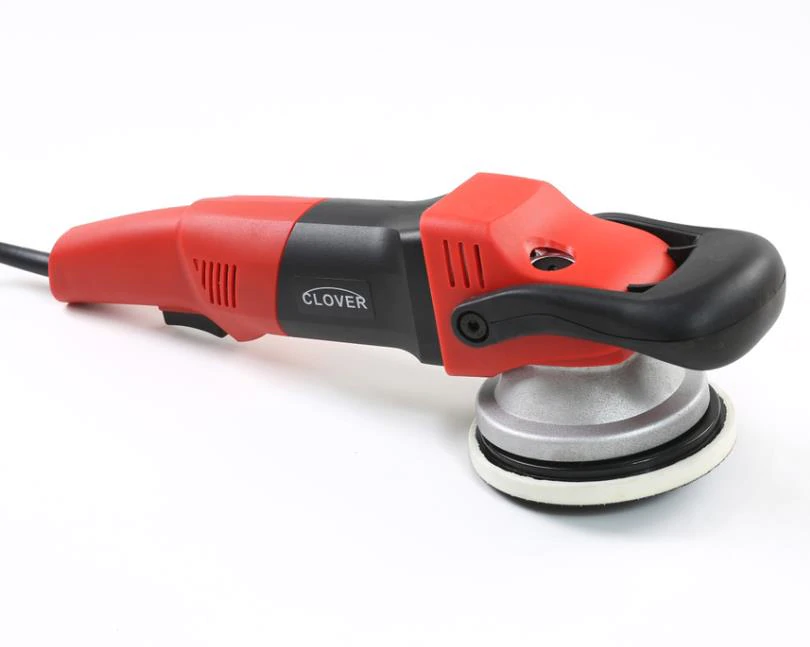
Photo on aliexpress.com
It is a dual action buffer that oscillates as well as utilizing forced rotation. This creates more power while keeping it safe and easy to use. They can correct flaws nearly as fast as rotary buffers. The ergonomics and one of a kind features of this buffer make it easier to operate.
Pros:- Quickly corrects swirls, scratches, water spots, oxidation, rust and more. – It has a powerful motor that can stand up well to pressure.- It has variable speed triggers that allow you to change speed easily.- You can achieve professional like results every time.- It can be used to apply a compound, polish, glaze, sealant or wax.Cons:- It is costly
Rotary Buffer

Photo on ebay.com
These are the best for high-end detailing enthusiast and professionals. They can correct paint imperfections faster than the other buffers, but take a lot of practice to master and can easily cause damage to the paint if used incorrectly.
Pros: Fastest correction of defectsCons: It is not suitable for beginners.
Polishing PadsWhen choosing the right polishing pad, you want to match its aggressiveness to that of the polish. A mismatch can create unnecessary work wasting time and product. There a lot of pads available in the market. Here are the key things to remember when choosing pads.
The material – it should be made of either foam or wool. Wool pads can remove layers of paint. For an aggressive buffing pad, one made of twisted wool is ideal as it high in terms of cutting ability. A foam pad has less cutting ability and relies on the heat produced when rotating the pads to remove the paint layers. The performance of foam pads differs slightly depending on how they were constructed.Cell size – Open cell foam pads have larger holes which make them more aggressive making them cut more into the finish. Closed cell foam pads have smaller holes, making denser and less aggressive pads. Polishing pads vary in size, surface configuration, and composition with diameters ranging from 6-10 inches. Larger sized pads tend to leave swirl marks, while smaller sized ones lack cutting ability.Pad surface texture – Most pads have a flat surface, but some have a waffle-like design, and these tend to generate less heat than the flat ones.Remember to compare prices while picking out the right polishing pad.
How to polish your car
Car polishing methods
Polishing completely extends the lifespan and beauty of the paint of the car. Below is the procedure to properly polish your car.
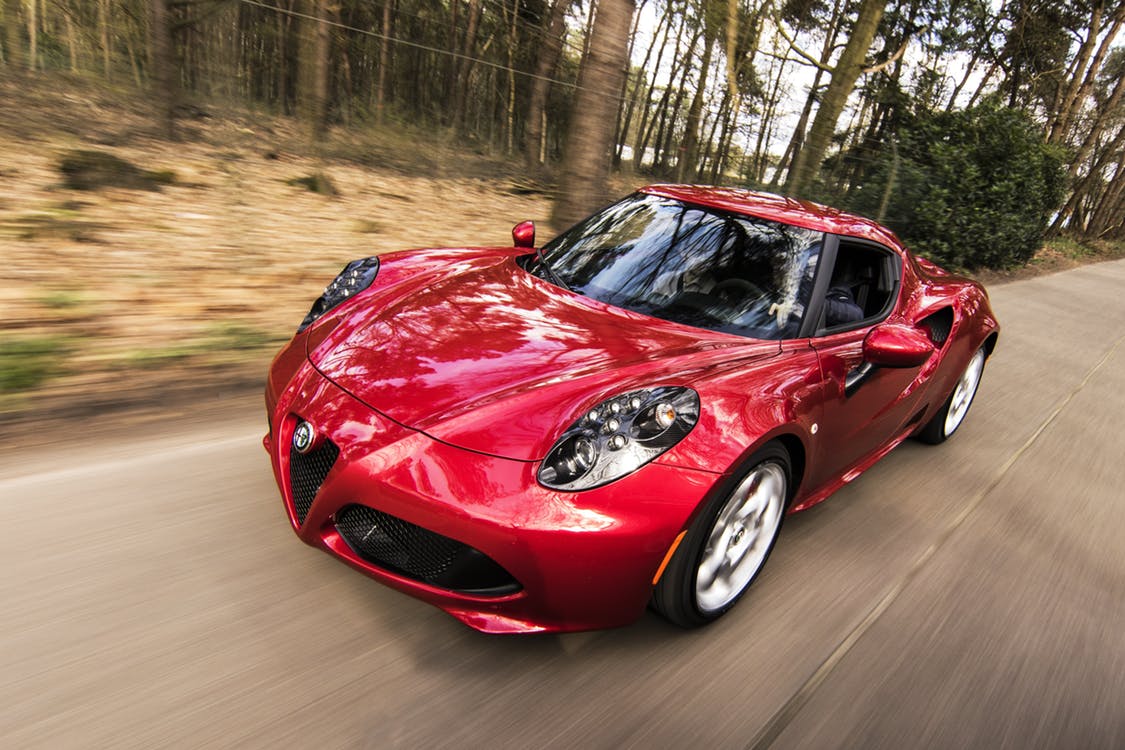
Photo on bcrosbyhops.com
Preparing the car
This is the first stage of the polishing process. First move your car to a shaded spot away from direct sunlight and wash it well.Cover up anything you do not want to get soiled.Rinse the car thoroughly working from top to bottom paying close attention to the bottom of the car and the wheels where most dirt and debris is.Wash the car with the right soap and rinse it well. Choose the right compound and pad combination for your car.
Polishing the car
Use a damp pad – Take the pad from the polishing wheel and dip it in clean water, wring it out, so it still remains damp. It must remain damp throughout the polishing process to avoid damaging the paint. Have a bucket of clean water close by during the whole process.Apply the polishing compound one part at a time.Apply a moderate amount of the rubbing compound onto the polishing wheel and press it onto the car surface. You can also put the compound directly on the car. Be sure to read the instructions on the compound well, as some have specific instructions for achieving the best result. Once you are done with one part, you can move on to the next one. Apply steady pressure while moving the wheel back and forth. The polishing wheel has to be kept parallel to the surface being polished. Steady pressure reduces the chances of damaging your paint. The polishing wheel will be spinning so remember to keep it moving to avoid damaging the paint.Move onto the next panel once you are satisfied with the sheen. The polishing compound will smear and swirl and slowly clear out revealing a brilliant shine of the paint below. Unlike wax, you do not need to wait for the polish to dry. Once it is shiny, do not continue polishing it as this will dull the finish.Continuously rinse the pad as much as necessary. As you polish the car, the compound will build upon the pad, and this can compromise its polishing capability. Occasionally stop and rinse the compound out, wring the pad so that it remains damp and clean. Take extra care around the trim pieces. Take it slow and easy to avoid pressing the edge of the pad into the car surface as it does not come into contact with rubbing compound.
Once you are done wash the car again and allow it to dry well. Apply a generous amount of wax onto the car, to protect it from the sun, with a microfiber towel or a mitt.
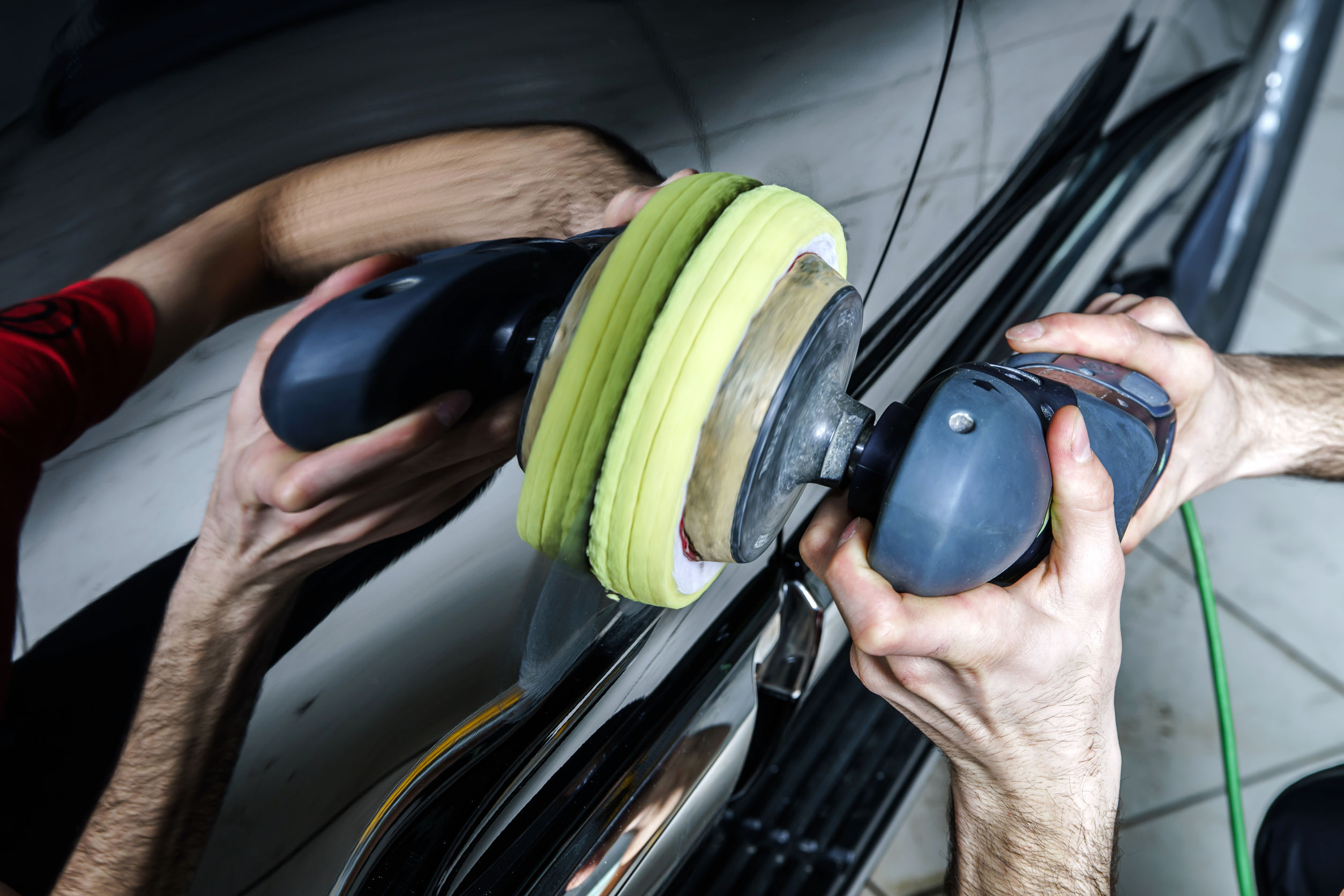
Photo on lincsdetailing.co.uk
How to buff a car
Wash the car rigorously in a shady spot with the right car wash soap or shampoo and applicator. Choose the right buffer. You can opt for a high-speed buffer as it has better, finer results. They eliminate scratches and blemishes leaving a radiant shine. Specialized training is required to be able to use this kind of buffer as you can easily strip and damage the paint finish with permanent swirls and scratches. It can be quite expensive too.Alternatively, you could opt for a random orbital buffer as it requires no training and is easy to use. Not all the damage will be removed, but the resulting shine will be worth it even though it doesn’t last as long as a high-speed buffer would. They are less compounded and that cost less costly than high-speed buffers. If you cannot afford a buffer, you can manually buff your car. This is the most rigorous option in terms of labor and time. This method is not ideal as the result is an uneven finish that does not last as long. Make sure to use the right compound. This will depend on the overall condition of the car.
Buffing process:
– Dry the car well with a microfibre cloth.- Apply enough compound directly to the body of the car. Starting on the hood will allow you to see the results better.- Use the buffer in circular motions to spread the product evenly. With powered buffers, hold it firmly and move in circular motions to work all the product in. If you are manually buffing remember to apply a lot of pressure while working in the product- Continue buffing until it develops a sheen and repeat as required to get the results you want.
Car polishing tips
Do not forget to do a patch test. It is recommended that you try out the product on the worst area of the car with the machine set to the lowest intensity.Get as close as you can to the polisher. This will allow you to get into tighter areas and produce better results since you have a better view of what you are working on. Plan well before starting on polishing. You need to know the pad, product, and machine you are to use. Get the right tools for the job. It does not need to be the best, but it should be flexible enough to do the job well.
With the tips in this post, we hope you are able to choose the right car polish and applicator to give your car that beautiful sheen.